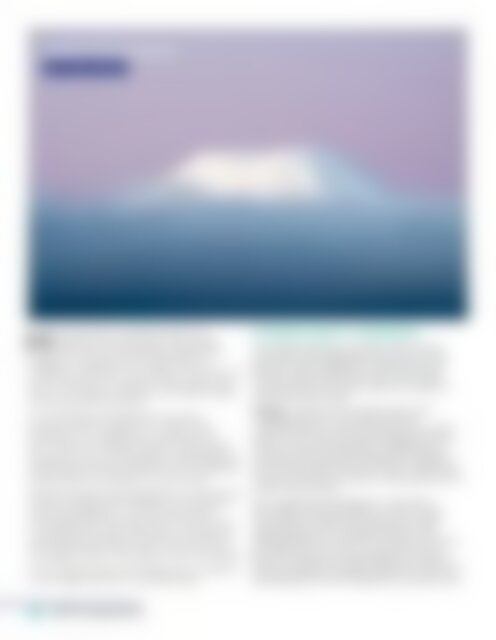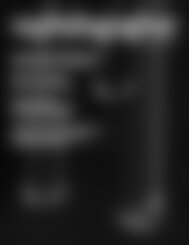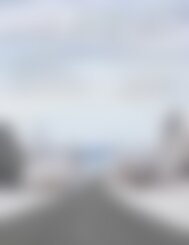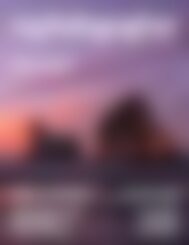NZPhotographer Issue 23, September 2019
As of December 2022, NZPhotographer magazine is only available when you purchase an annual or monthly subscription via the NZP website. Find out more: www.nzphotographer.nz
As of December 2022, NZPhotographer magazine is only available when you purchase an annual or monthly subscription via the NZP website. Find out more: www.nzphotographer.nz
Create successful ePaper yourself
Turn your PDF publications into a flip-book with our unique Google optimized e-Paper software.
SUMMIT OF MT NGAURUHOE<br />
F8, 1/30s, ISO 100<br />
How important is sharpness? Well, that<br />
depends on the end-use of your image.<br />
If you are only ever going to display your<br />
image at a maximum size of 1200 pixels on<br />
Instagram, Facebook or a website, I would say not<br />
very. If however, you intend to make large scale<br />
prints of an image, sharpness can make or break<br />
the end quality of that print.<br />
As a landscape photographer that often<br />
produces prints as large as 1.2 meters wide,<br />
sharpness in my original files is paramount for<br />
me. I would not consider myself a “pixel peeper”<br />
though and I am not interested in spending all my<br />
time testing the latest sharpness lens at a different<br />
setting (there are websites to use for that!).<br />
Where having the right equipment for the job and<br />
some knowledge of its limitations are important,<br />
I feel that equipment is not the main reason<br />
that people don’t get sharp shots. The one thing<br />
I consistently see when teaching on workshops is<br />
bad shooting techniques, and I would say this is<br />
the biggest reason for ending up with soft images.<br />
Let’s consider some of the things that can lead to<br />
a soft image and how to minimise these.<br />
EQUIPMENT QUALITY & KNOWLEDGE<br />
I see people blaming the quality of their shots on<br />
the quality of their equipment all the time. Though<br />
gear can make a difference, I feel that this is not<br />
the main reason people don’t get sharp images.<br />
If used correctly any camera setup can capture a<br />
reasonably sharp image.<br />
Camera – I think we have all been sold on the<br />
“megapixel dream” by camera (& phone)<br />
manufacturers. My current phone even has a 40MP<br />
sensor in it! In reality, this whole megapixel race has<br />
become a joke, as the files from my 40MP phone<br />
would never withstand the enlargement needed to<br />
print to the size that I do from my “real” camera due<br />
to other factors like the quality of these pixels and the<br />
optics in front of them.<br />
For my landscape photography, I shoot with a<br />
Nikon D850. One of the reasons I use this camera<br />
is its resolution of 45MP which helps me to make<br />
large scale prints of my images. However, most<br />
photographers do not print to this scale, if they even<br />
print their work at all, so do not require this sort of<br />
file size. Anything over 14MP produces an image of<br />
about the quality of traditional 35mm film. So for most<br />
photographers, if left uncropped this would be more<br />
50 <strong>NZPhotographer</strong>


















